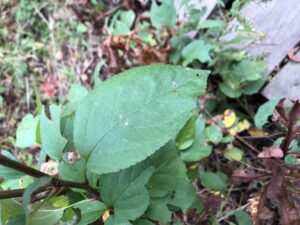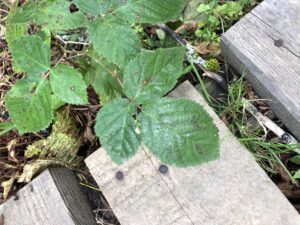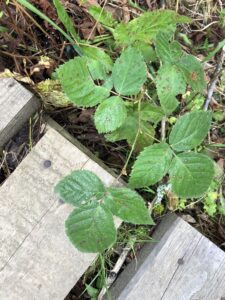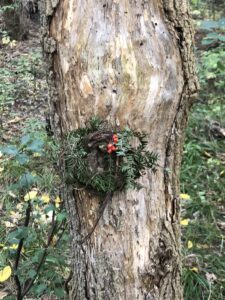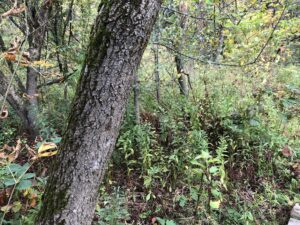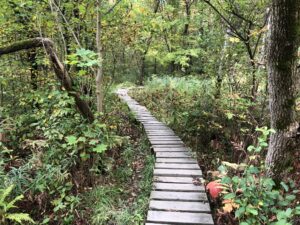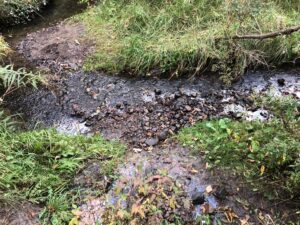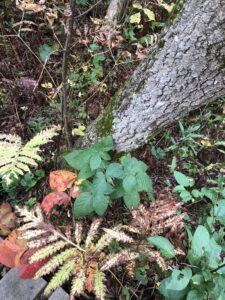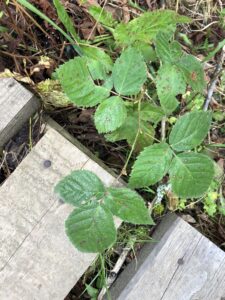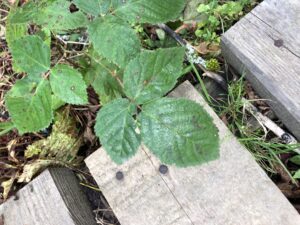Since my last, I have no noticed super large phenological differences, as my last visit was almost exactly a week prior to this one. There has been a small increase in the percentage of the ground that is covered in small herbaceous plants. The brook is flowing even faster and is murkier than last week, probably due to Burlington receiving even more rain this week. Last week there was a bunch of students near my spot birding, but this week there was not. This is not a phenological change, I just thought I would mention it.
My phenology spot is part of Centennial Woods, which is both a wildlife habitat and biodiversity hotspot on the UVM campus, but it is also a popular recreation area for the Burlington community. I have watched my spot change through the season, and the presence of several different species of plants come and go. My spot is home to several species of Northern Hardwoods including Green Ash and Boxelder, but it is also home to several small herbaceous plants, as well as abundant mushroom and fungi. My spot is easily accessible to the public through the trails in Centennial woods, you only have to walk down a small hill off the path to reach it. Centennial Woods is an integral part of the Burlington community, residents consider it a part of the culture here. They come to walk their dogs, meet up with friends to go for walks, or just to spend some quiet time alone in nature. Spots like mine are an important part of any community because easy access to natural spots is an integral part of keeping humans sane and healthy, we have investigated the numerous connections between mental health and access to the outdoors. Especially for students, Centennial Woods is a great place to go outside and take a break from all the stress each semester may bring. Students can stop by and go birding, or just hang up their hammock and chill for a while. Centennial Woods not only provides a habitat for several natives species of birds and other wildlife, but it also provides a haven for community members and students.
I do not consider myself a physical part of my phenology spot, but I do feel a strong connection to it. I view my spot as a living breathing organism, each aspect from the brook to the trees an integral part of my spot, as if they are organs of a living, breathing, person. I consider myself a guest in my phenology spot, but a welcome one. Though I am not a physical part of my spot, I feel a strong emotional connection after all the time I have spent this semester admiring the calm and peace I have found there.
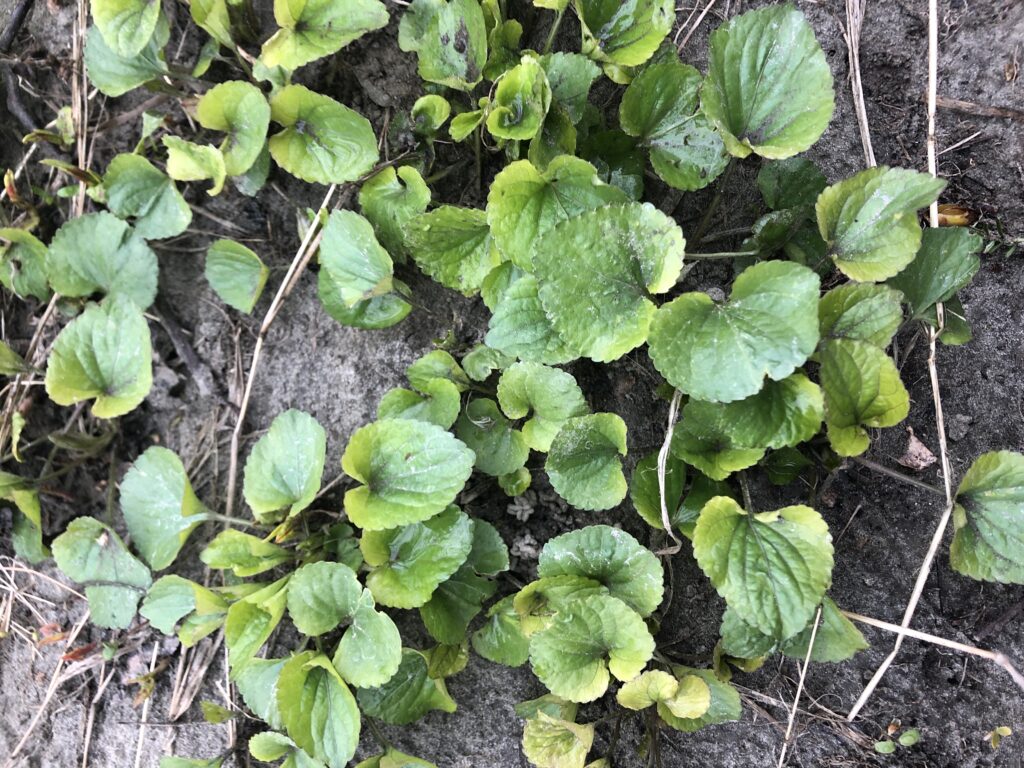
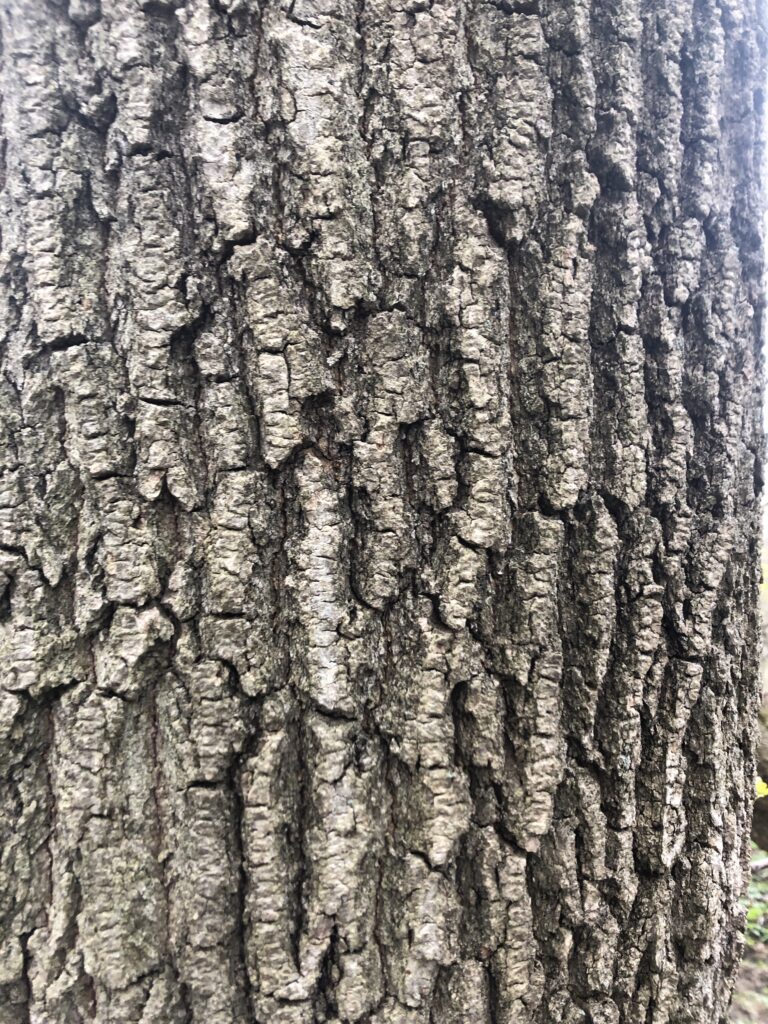


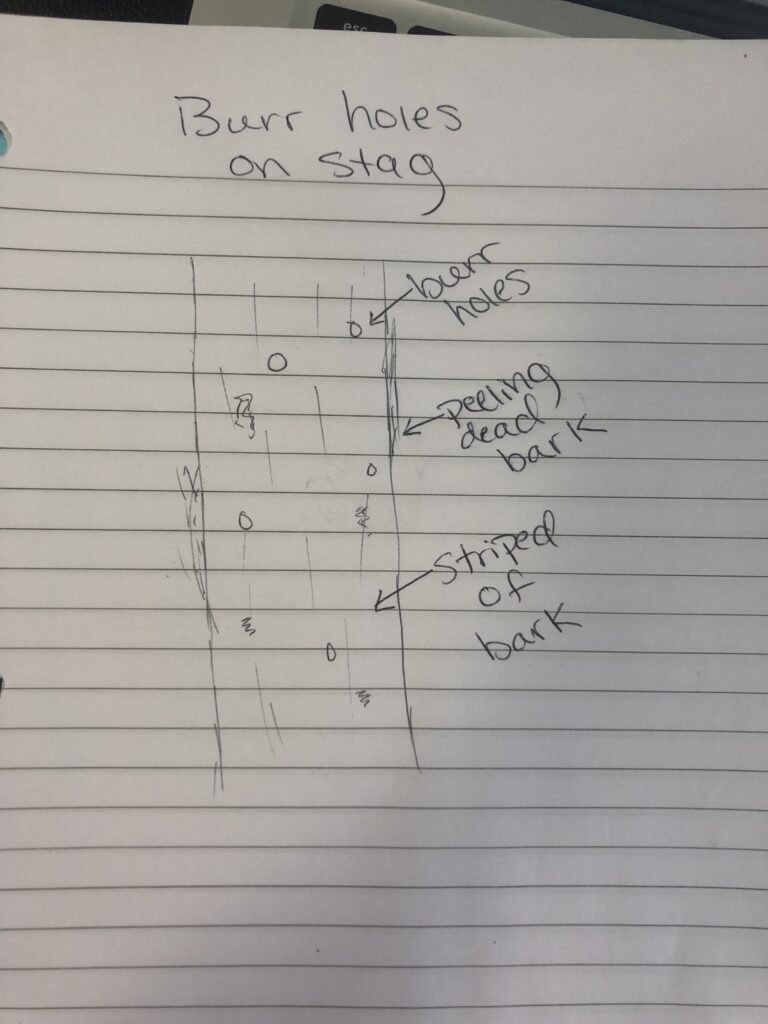
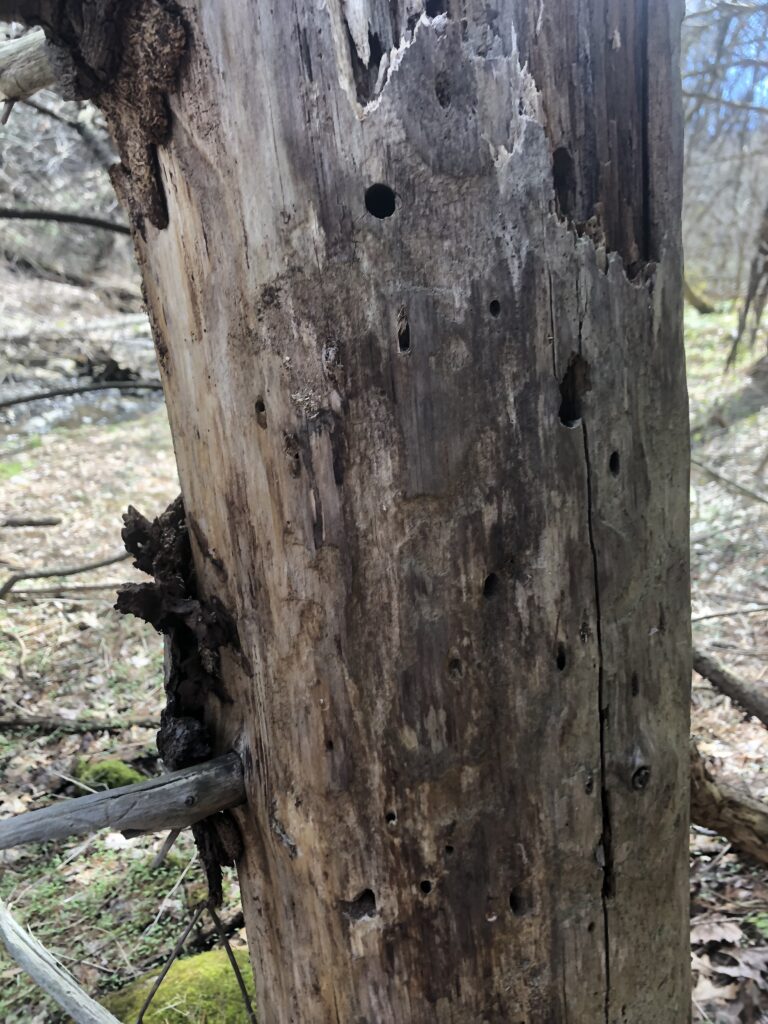
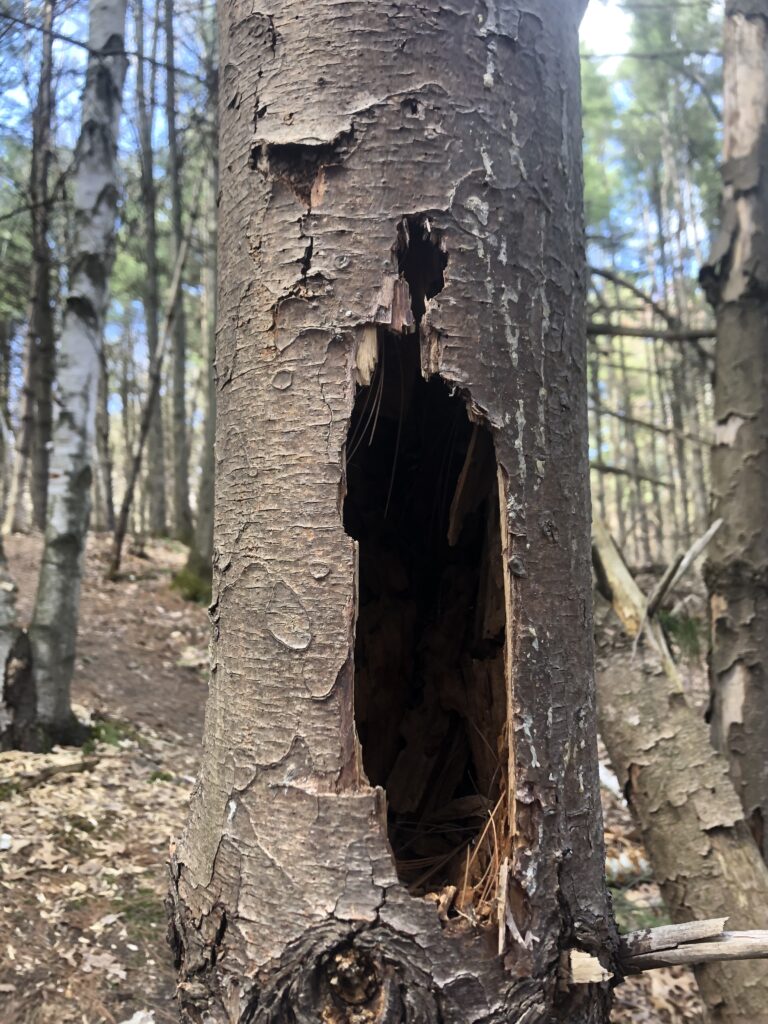
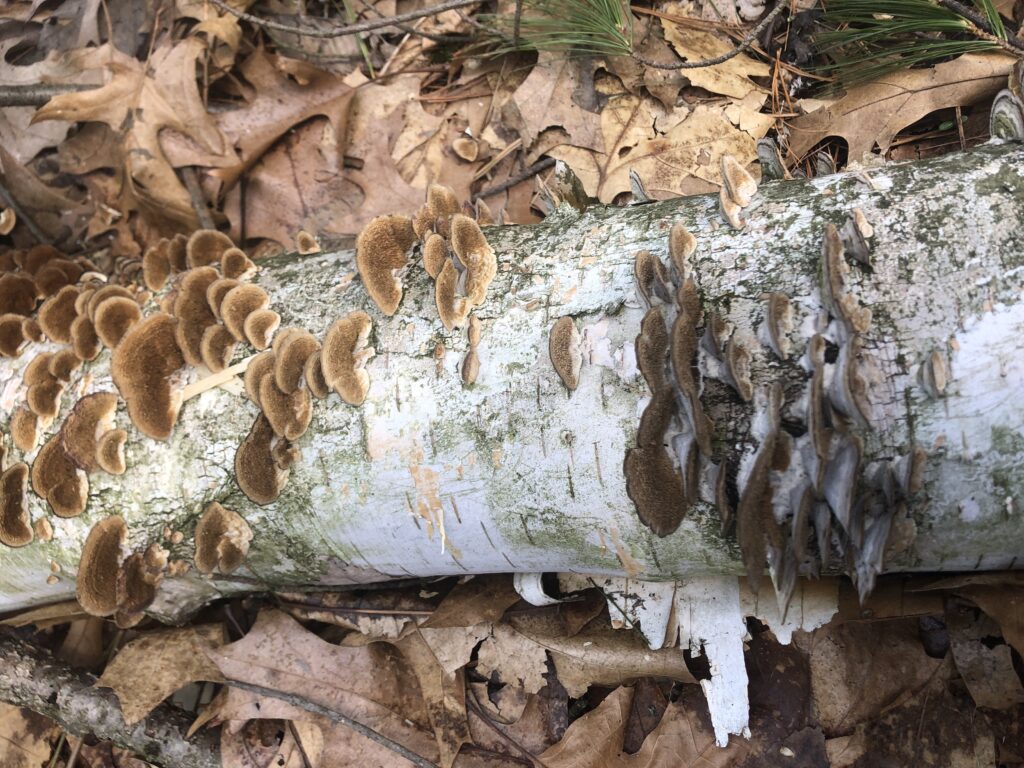
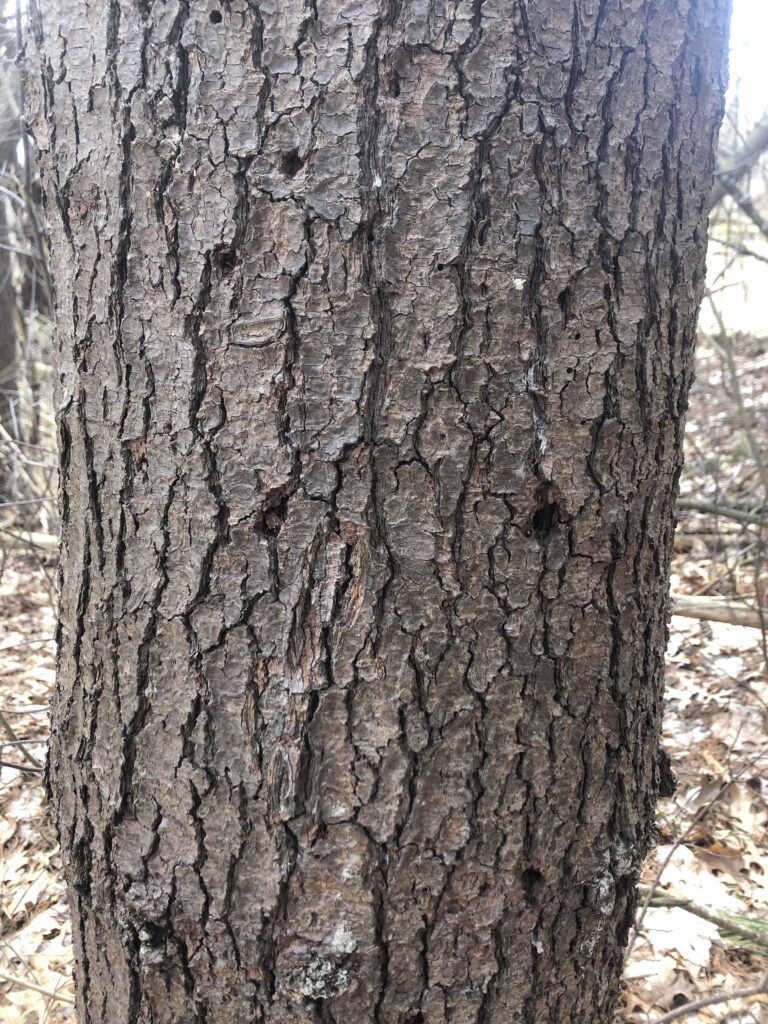
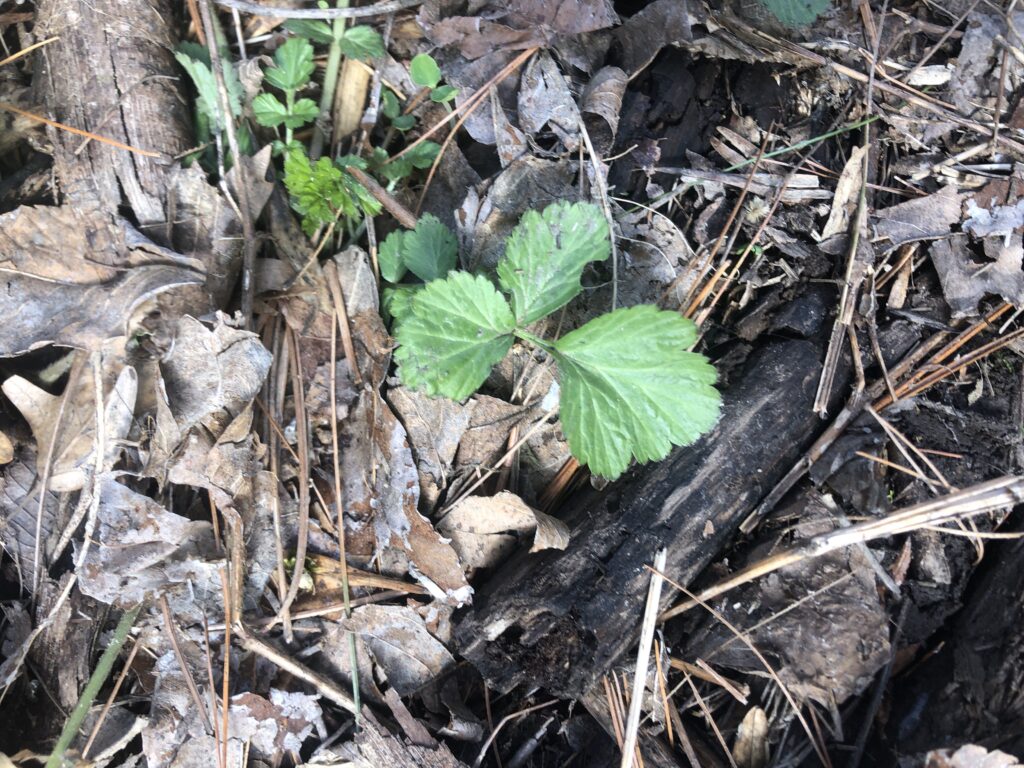

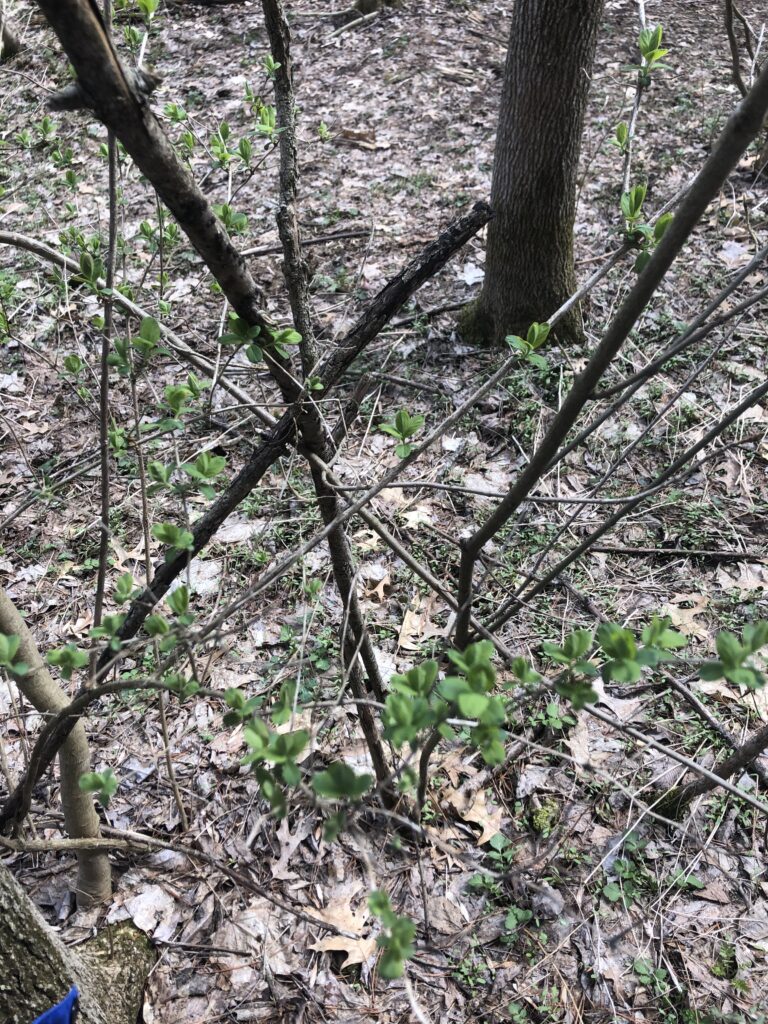

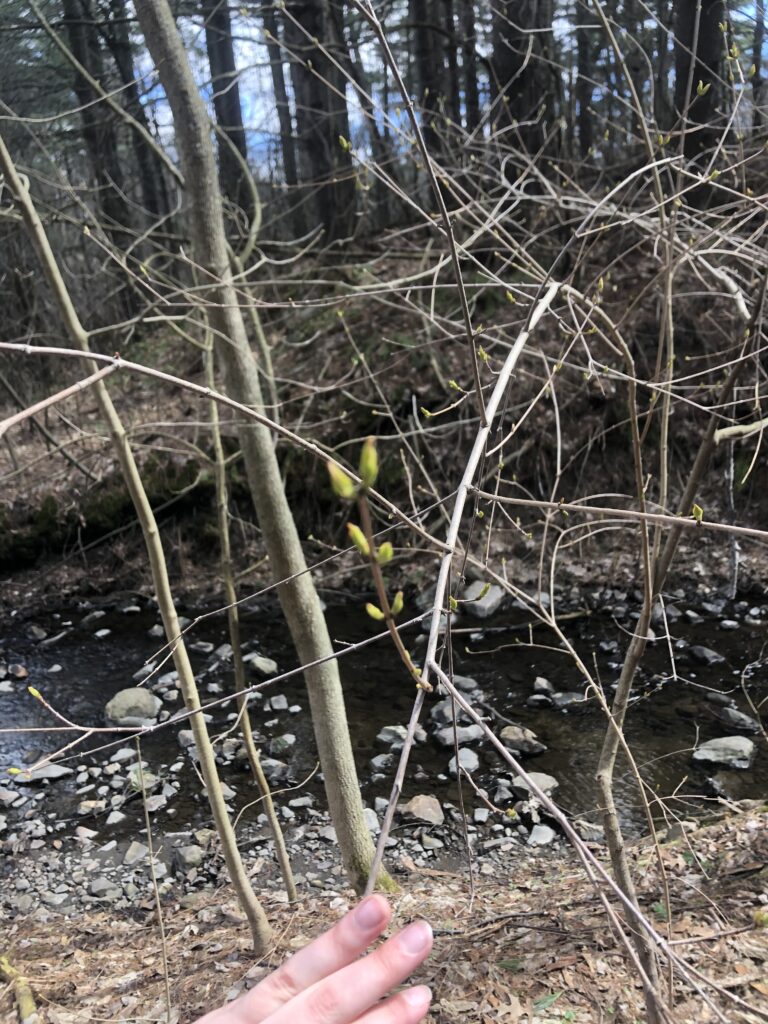

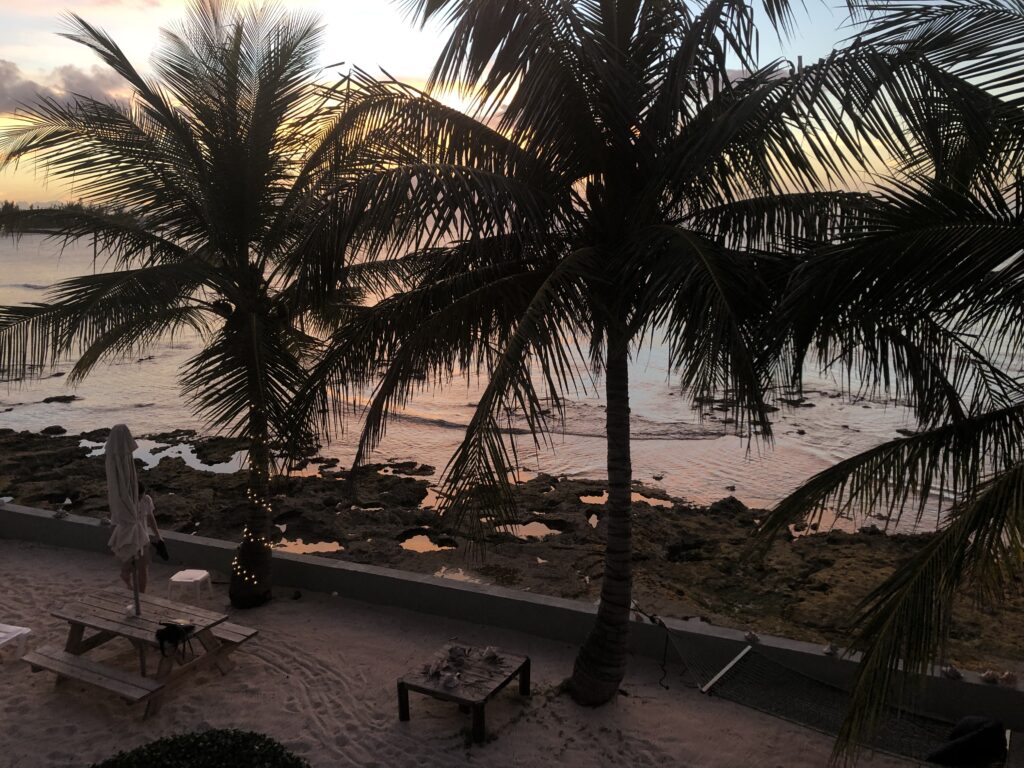
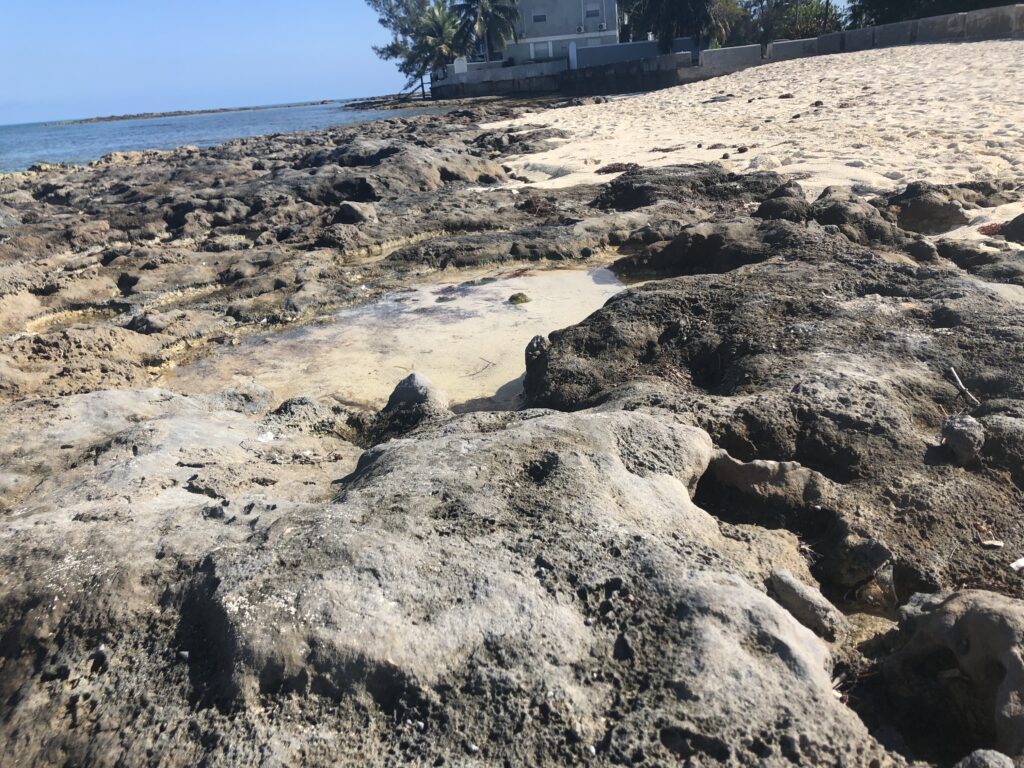
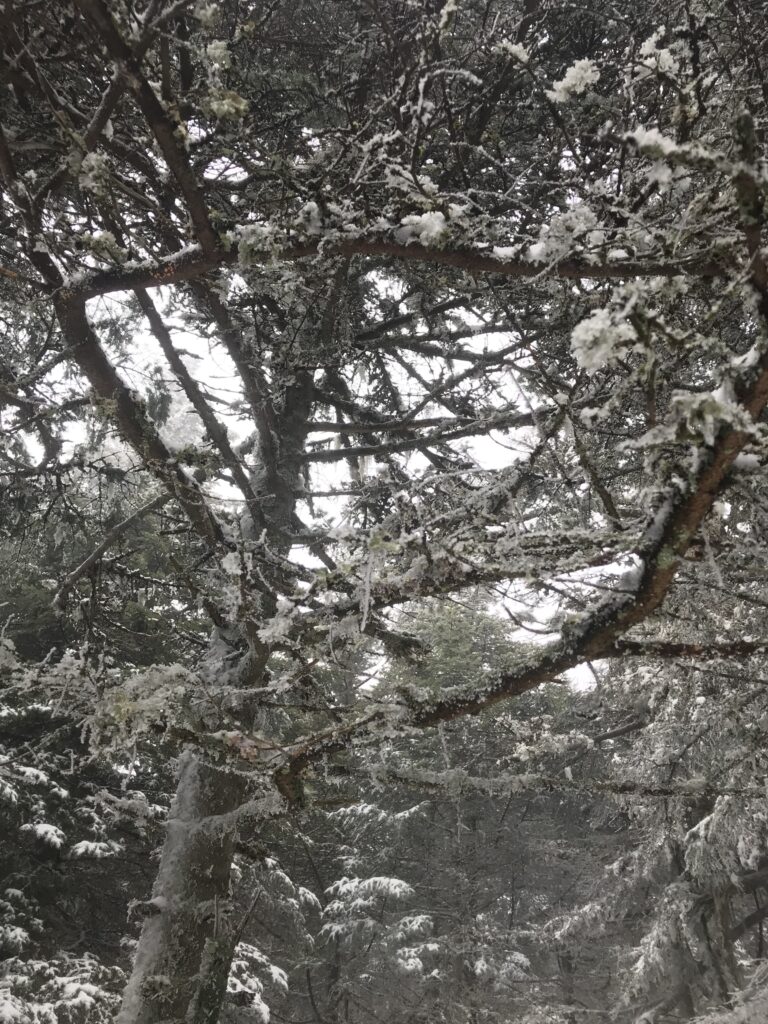
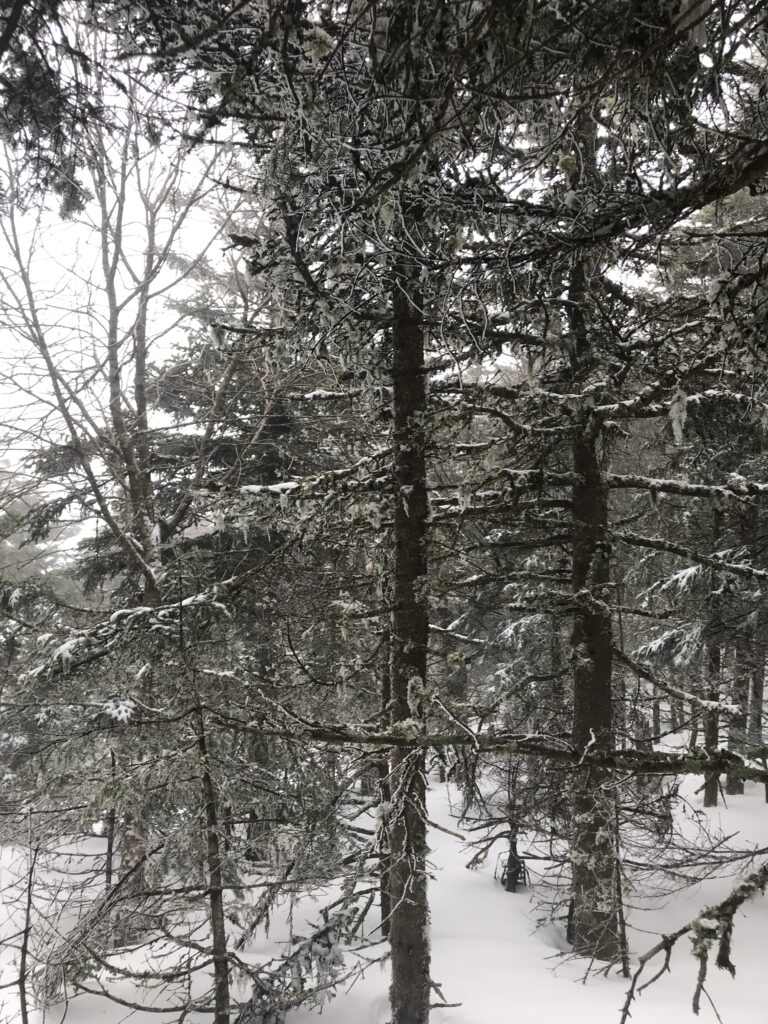
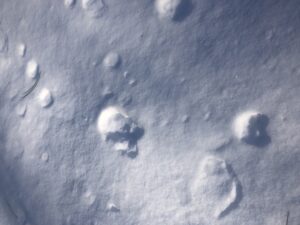

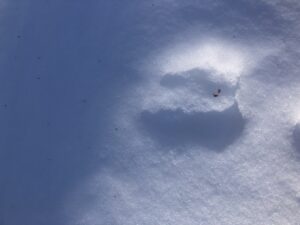

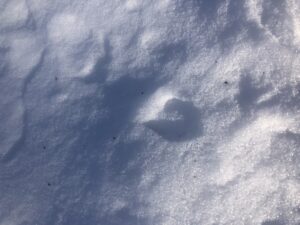
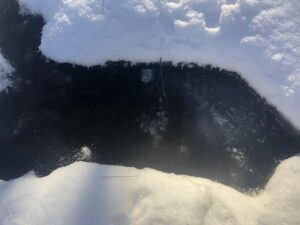
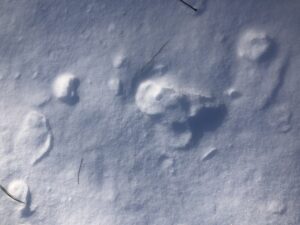

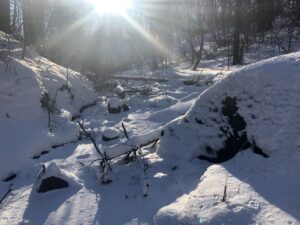
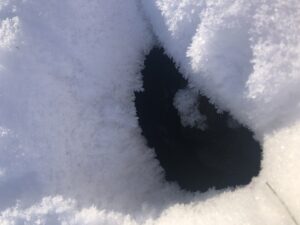
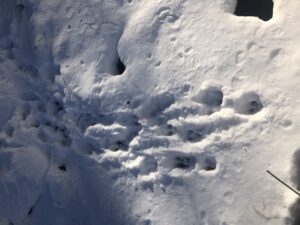

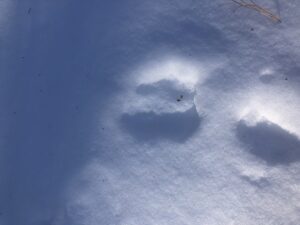
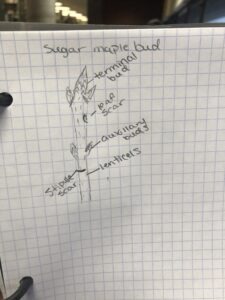

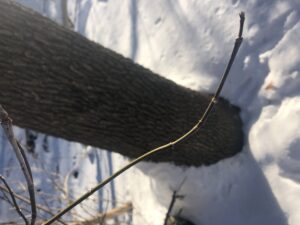
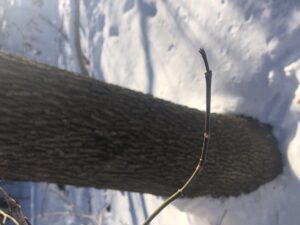
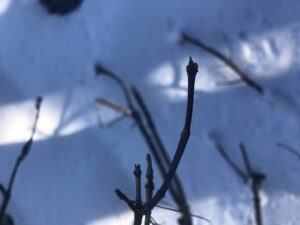
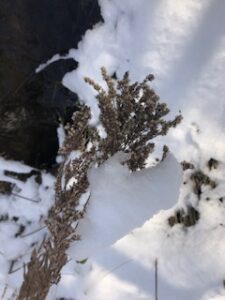
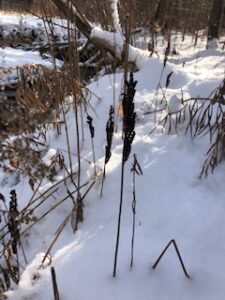
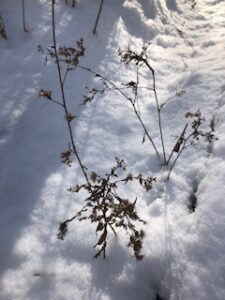

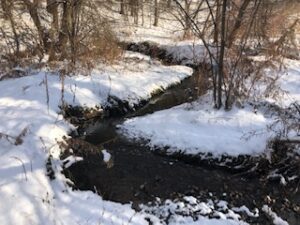
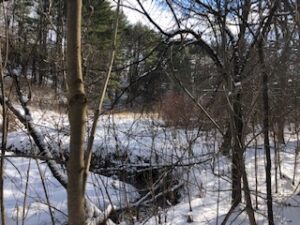
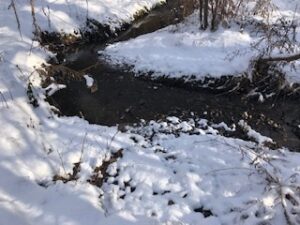
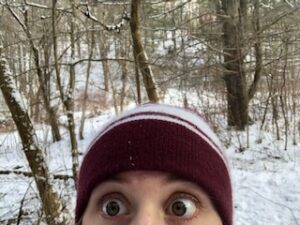
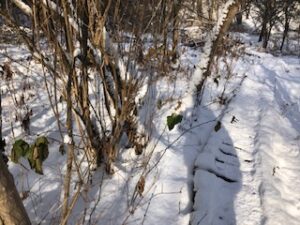
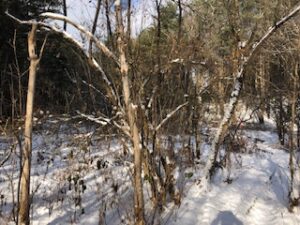
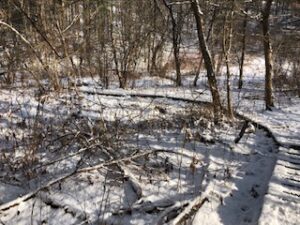
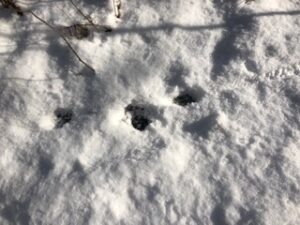
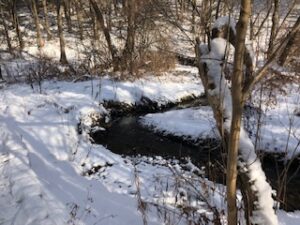
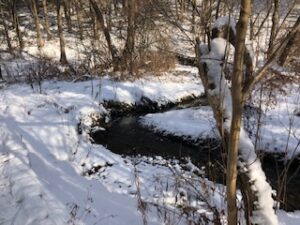

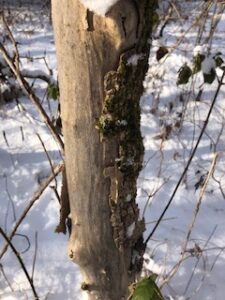
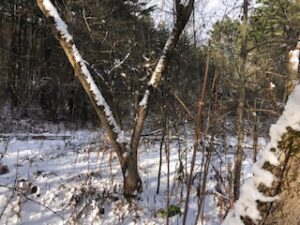

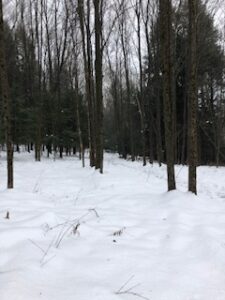
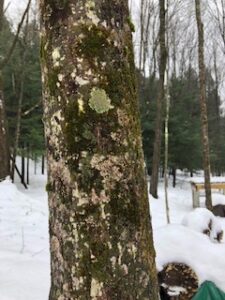

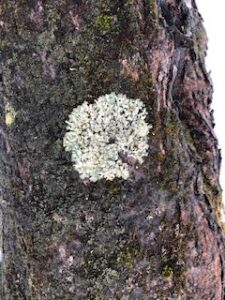
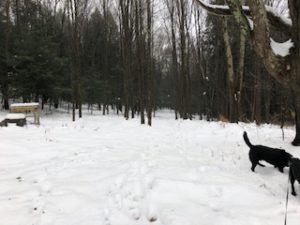
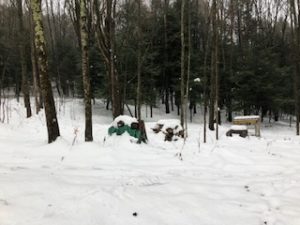
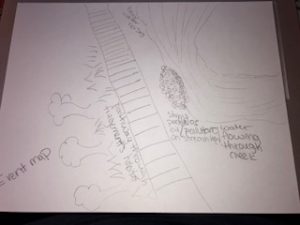

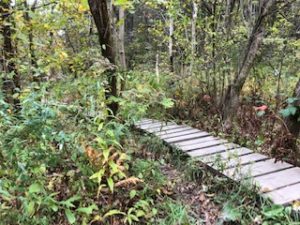
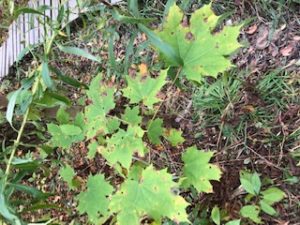
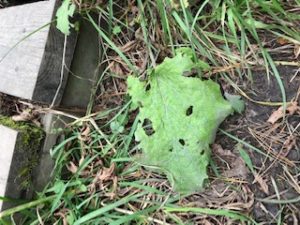
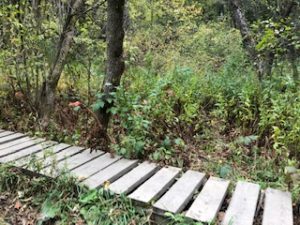

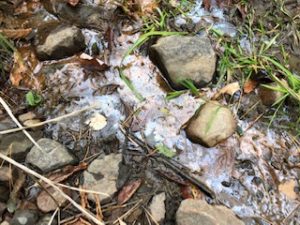

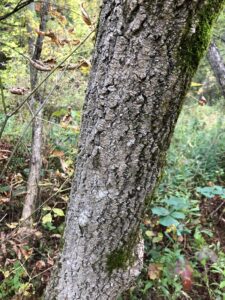 \
\

